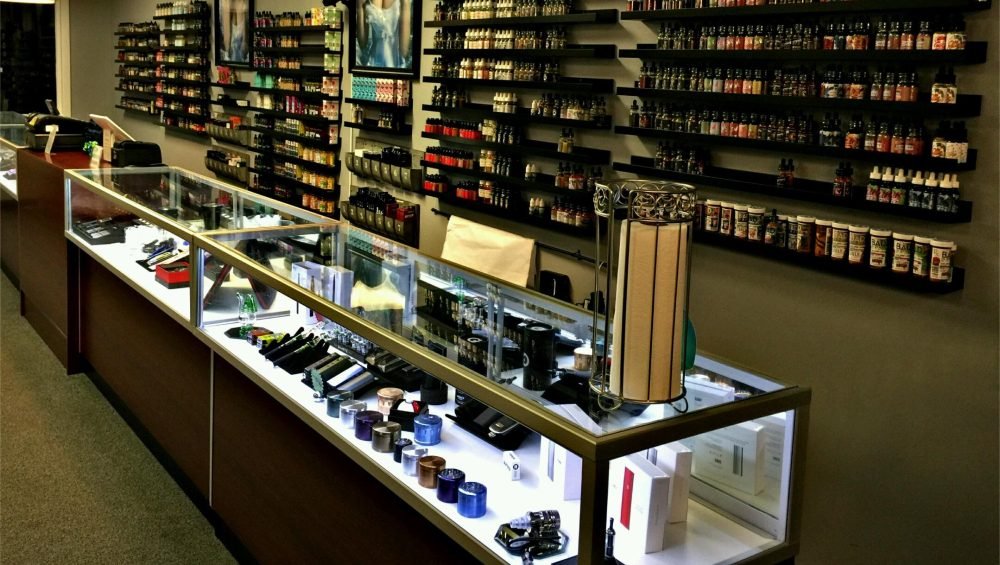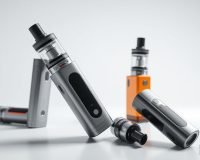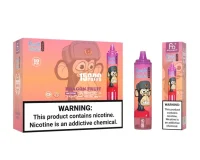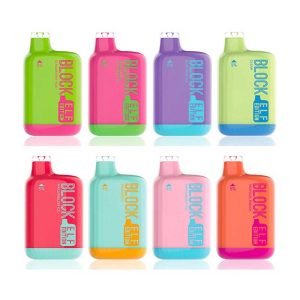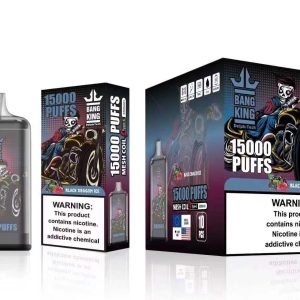The vaping industry has developed rapidly in recent years, which brings with it both opportunities and challenges. The increasing popularity of e-cigarettes and other vapor inhalers has led to a variety of rules and regulations, the sales, regulate the use and production of these products. These regulations serve that purpose, to protect public health, to protect and protect young people in particular from the dangers of nicotine consumption, that the products, which are available on the market, are safe and of high quality. In this comprehensive guide, we'll go over the most important rules and regulations, that apply worldwide in the steam industry.
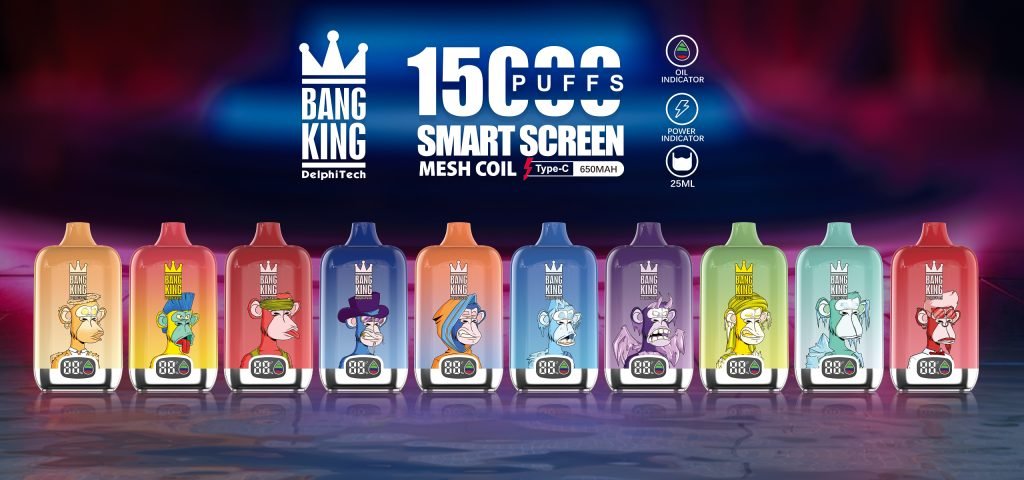
1. Age restrictions for purchasing and consuming e-cigarettes
One of the key issues surrounding the vaping industry is the age restrictions for purchasing and consuming e-cigarettes and e-liquids. Because e-cigarettes contain nicotine, a substance, which can be addictive, There are strict regulations worldwide, which are intended to restrict access to these products for minors. Most countries set a minimum age of 18 or 21 years for the purchase and consumption of e-cigarettes.
These age restrictions are crucial, to prevent nicotine consumption among young people. Research results show, that young people are particularly vulnerable to the effects of nicotine, which can affect brain development. In many countries, the sale of e-cigarettes to minors is strictly monitored, and retailers, who violate these regulations, may be subject to heavy fines or other sanctions.
Some countries have even introduced stricter age limits. In the USA, for example, the minimum age for purchasing e-cigarettes has been increased 2019 on 21 years raised. Many countries in Europe are also involved, to review their age limits and increase them if necessary, to prevent young people from accessing these products.
2. Product quality and safety
Another important aspect of regulation in the vaping industry is ensuring product quality and safety. The manufacturers of e-cigarettes and e-liquids are obliged, ensure, that their products do not contain any substances harmful to health and comply with applicable safety standards. This affects both the materials used and the production and labeling of the products.
Materials and ingredients: E-cigarettes consist of various components such as batteries, heating coils, Tanks and liquids. The quality of these components is crucial, to ensure, that no harmful chemicals are released. In some countries, manufacturers are required to have their products tested, to ensure, that they do not release toxic substances such as formaldehyde or acetaldehyde.
Labeling and ingredients: Manufacturers are obliged, to label the ingredients of their e-liquids transparently. It must be clearly stated, how much nicotine the product contains and what other chemicals were used. In many countries, e-liquids must also carry a warning symbol, which highlights the dangers of nicotine consumption.
Hygiene and manufacturing standards: The production of e-cigarettes and e-liquids is subject to strict hygiene rules, to ensure, that no contamination gets into the products. Manufacturers must carry out regular audits and monitor production conditions, to ensure the safety of end users.
3. Prohibition of advertising and marketing, which is aimed at minors
Another key issue in the vaping industry is the regulation of advertising and marketing. As the consumption of e-cigarettes is increasing, particularly among teenagers and young adults, Many countries have introduced strict regulations, Restrict or prohibit the advertising and marketing of e-cigarettes to this target group.
Advertising to minors: In many countries, including in the USA and the EU, it is illegal, to place advertising, which is specifically aimed at minors. That means, that no marketing measures may be used, that are aimed at a young audience. This includes, among other things, social media campaigns with influencers, that are popular in the target group, or advertising, the humorous one, Colorful or youth-oriented depictions of e-cigarettes are used.
Celebrities and sponsorships: It is also prohibited in some countries, Celebrities or well-known influencers to promote E-cigarettes to use. This practice is seen as particularly problematic, as young people often tend to do this, to follow role models on social media. Sponsoring events, which primarily appeal to a young audience, is also severely restricted or prohibited.
Advertising in the media: In many countries, advertising of e-cigarettes on traditional media such as television is also subject to restrictions, Radio and print publications have strict regulations. These advertisements may only be broadcast during certain periods and under certain conditions, to prevent, that minors come into contact with such content.
4. Regulation of nicotine levels
The nicotine content in e-cigarettes and e-liquids is another key regulatory issue. Nicotine is a highly addictive substance, and in many countries there are therefore upper limits for the nicotine content in e-liquids.
In the EU, for example, the TPD writes (Tobacco Products Directive) before, that the nicotine content in e-liquids 20 must not exceed mg/ml. In some other countries, like the USA, There are no fixed upper limits, However, nicotine levels are still subject to regular testing and monitoring.
Some countries, including Australia, have even completely banned the sale of e-liquids containing nicotine and only allow the sale of nicotine-free products. In other countries, the nicotine content in e-liquids is checked regularly, and manufacturers must provide precise information about the amounts of nicotine, that are contained in their products.
5. Taxes and duties on e-cigarettes
Many countries impose special taxes on e-cigarettes and e-liquids, to regulate consumption and generate additional revenue for the state. These taxes can apply to various aspects of the vaping industry, including the sale of e-cigarettes, E-liquids and spare parts such as batteries and tanks.
Target of taxes: Taxes on e-cigarettes and e-liquids have two main objectives: First, they are intended to reduce overall consumption of nicotine products, by increasing prices. Secondly, they should generate additional revenue for the state, which often flow into public health care or prevention programs.
Tax rates: Tax rates vary greatly from country to country. In some countries, like Great Britain, Taxes on e-cigarettes are relatively low, while in other countries, like France or Norway, are higher. New types of taxes have also been introduced in some countries, such as a tax on the nicotine content in e-liquids.
6. Regulation of online sales of e-cigarettes
The online sale of e-cigarettes and e-liquids is another important issue in the regulation of the vaping industry. Many countries have strict regulations, which are intended to ensure, that e-cigarettes and e-liquids are only sold to buyers of legal age.
Age verification: Online-Shops, that sell e-cigarettes and e-liquids, have to make sure, that their customers have reached the legally stipulated minimum age. This is implemented through age verification systems, where customers have to prove their identity and age when making a purchase. In many countries, online shops also have to ensure this, that no products will be sold to minors.
Cross-border trade: Because the online sale of e-cigarettes often takes place across borders, dealers have to ensure, that they comply with the respective regulations of the target market. The sale of e-cigarettes to countries, in which these products are illegal, is prohibited in many cases.
7. Research and monitoring
Regulation of the vaping industry is a dynamic process, which is continuously monitored and adjusted. Health authorities and governments regularly conduct studies and investigations, to better understand the potential public health risks of e-cigarettes.
Many countries have government-funded programs to monitor the vaping industry. These programs collect data on the health effects of e-cigarette use and regularly conduct studies on the long-term health consequences of e-cigarette use.
The vaping industry is subject to a variety of regulations, that aim at this, to protect public health, in particular the protection of minors from the risks of nicotine consumption. consumer, Manufacturers and retailers must ensure, that they understand and comply with these regulations, to ensure the safety and quality of products and to promote the responsible use of e-cigarettes.
https://www.elementvape.de/c/bang-king
https://www.elementvape.de/produkt/randm-tornado-9000-einweg-vape-9000-puffs-eu-lagerraum/

